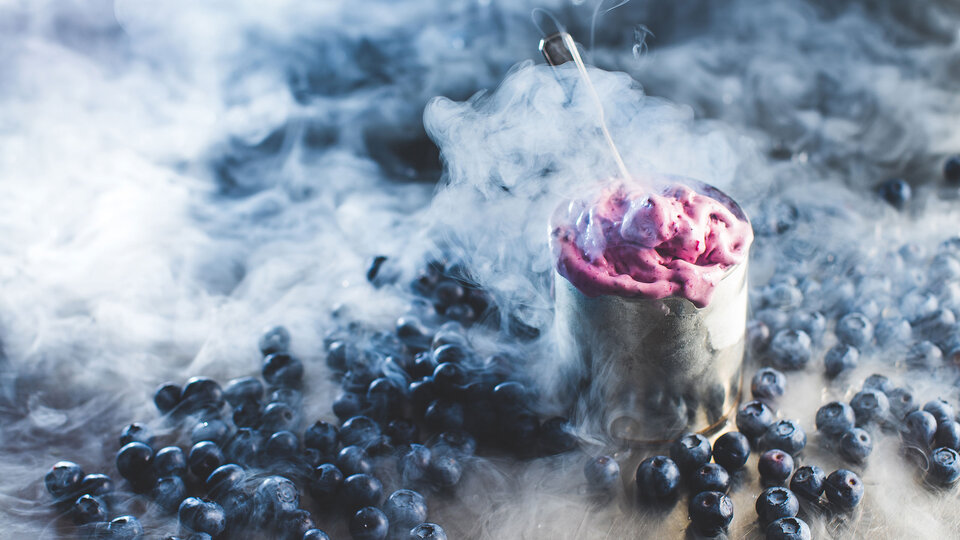BAKING CARBON FIBER TO SAVE JET FUEL
To reduce the weight of modern passenger aircraft, the fuselage structure is made of carbon fiber material. The wings, too, are manufactured entirely of the super-light material.
Carbon composite, also referred to as CFRP (carbon fiber-reinforced polymer), basically consists of two components – the high-strength carbon fibers and resin, in which the fibers are embedded. To bind the two materials securely together and harden (or “cure”) the resulting composite, the finished molded parts are “baked.” This colloquial expression describes part of the process quite accurately: the required temperature (about 180°C) roughly corresponds to the temperature at which you might bake bread. However, the oven used to bake CFRP parts is called an autoclave and is somewhat larger than a kitchen oven. And it also maintains a high operating pressure inside.
Under a pressure of about 11 bar, parts remain in the huge pressure ovens for up to twelve hours, depending on their size and shape. To prevent the fuselage and wing segments from catching fire, the autoclave is filled with nitrogen. It needs about 60 percent of the gas in the first half hour. Depending on the system, from 20,000 to 60,000 cubic meters per hour must be supplied.


